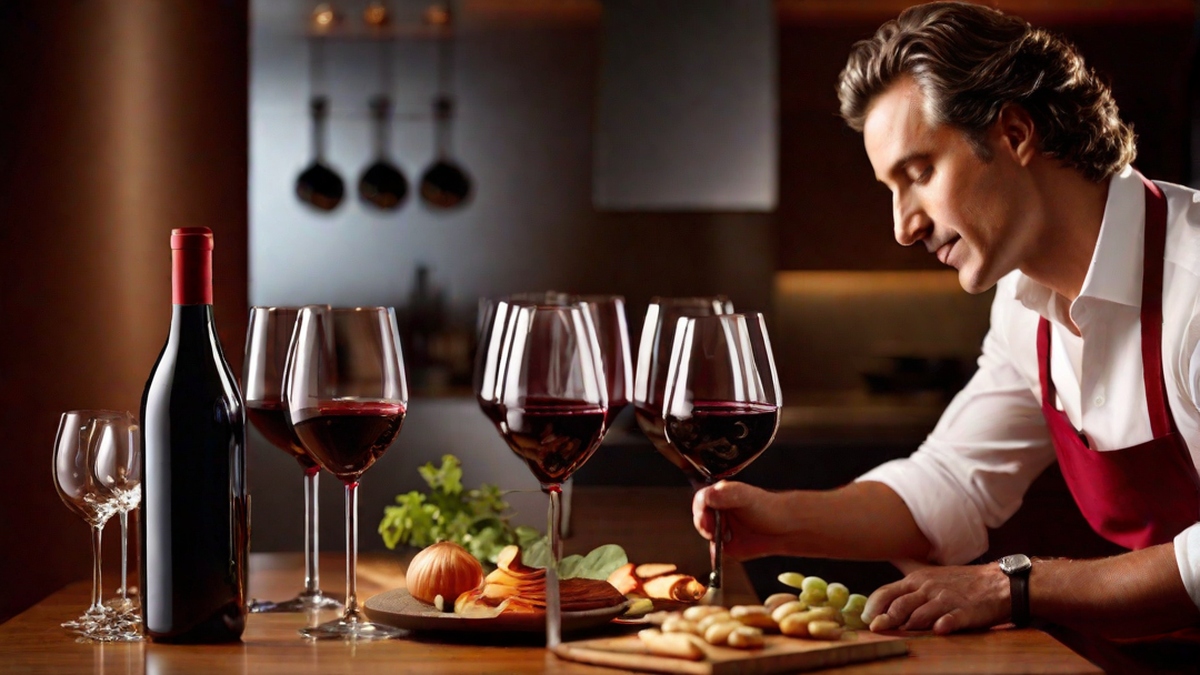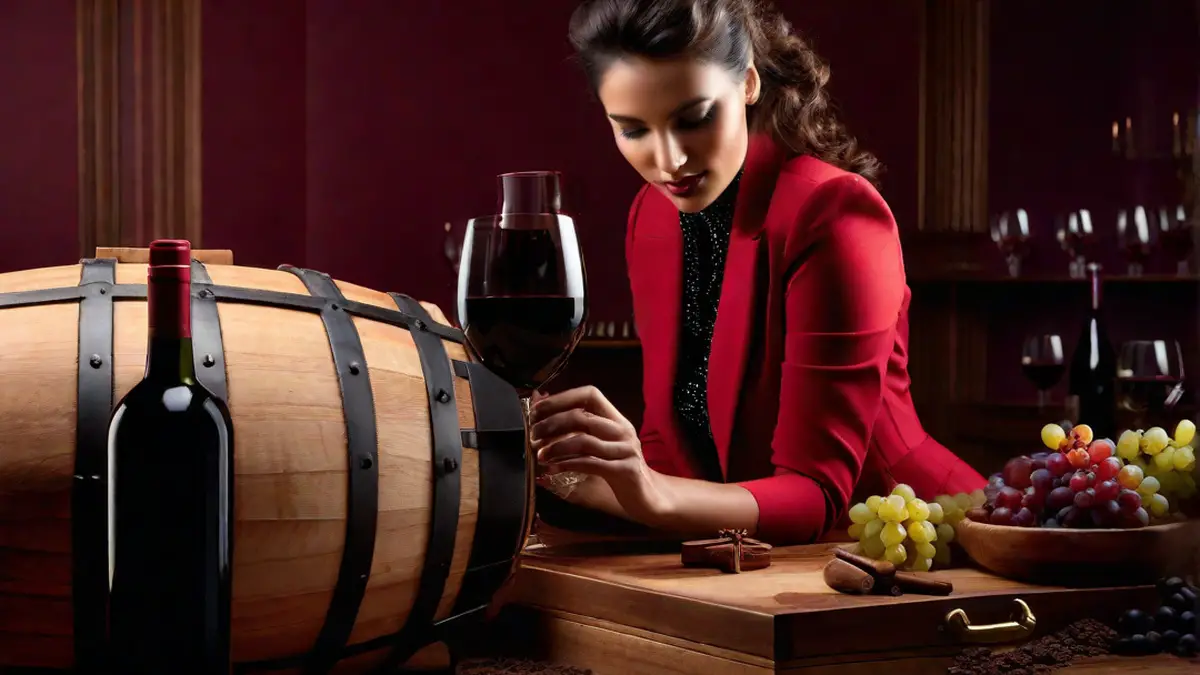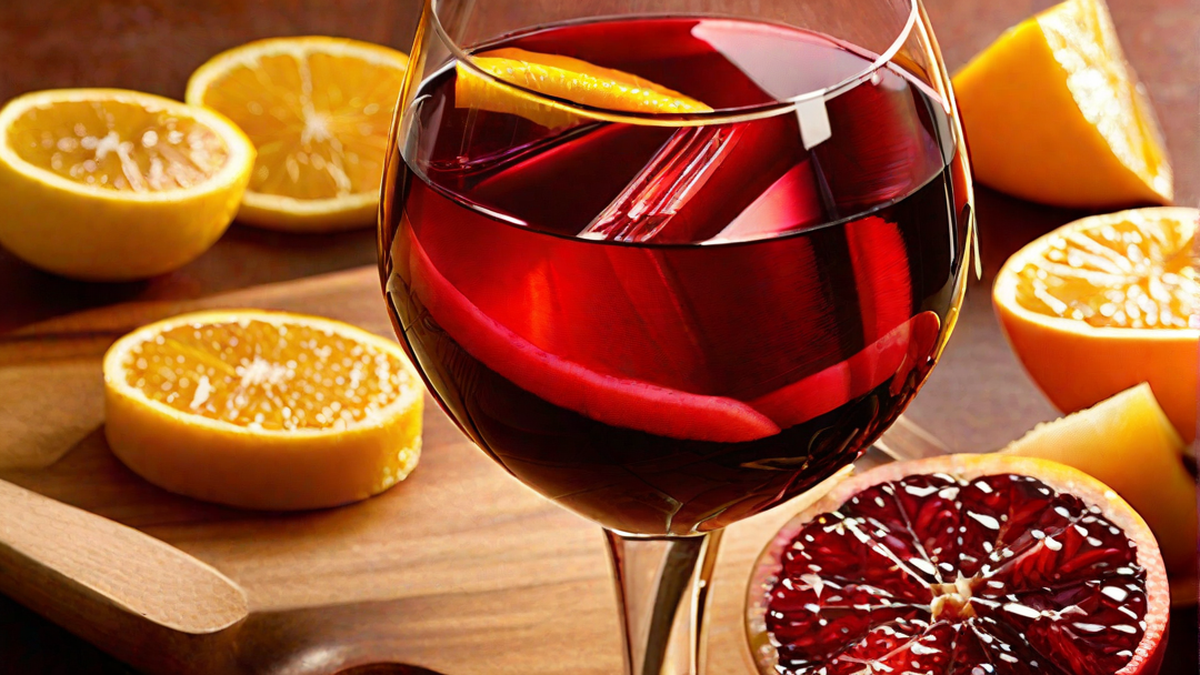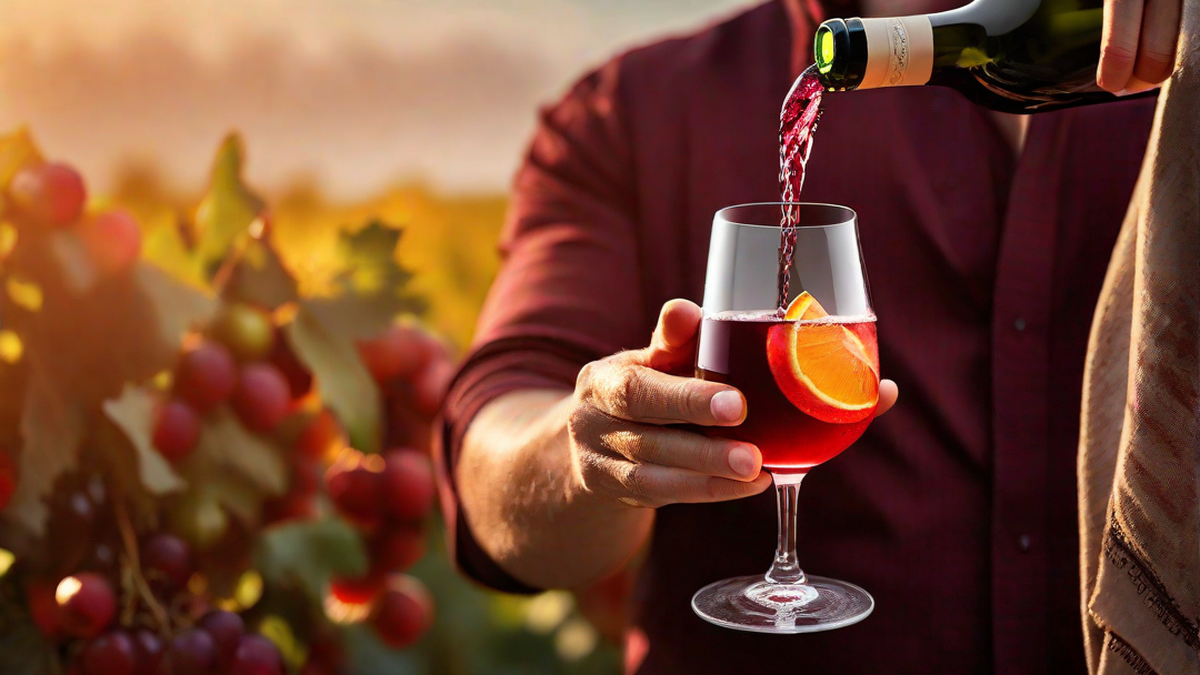As a wine aficionado, I frequently ponder over the various aspects of vinification and their impact on the final product. A query that regularly crosses my mind is the practicality of adding sugar during the wine production process. In this piece, I aim to explore this topic, looking into the reasons for this method, what it might lead to, and my personal viewpoint on the issue.
Why Add Sugar to Wine?
While the idea of adding sugar to wine may seem counterintuitive, there are instances where it is done intentionally during the winemaking process. One common reason is to increase the level of sweetness in the wine. This technique, known as chaptalization, involves adding sugar to the grape juice before fermentation, resulting in a sweeter and more full-bodied wine.
Chaptalization is primarily used in cooler climates where grapes may not ripen fully, leading to lower sugar levels in the fruit. By adding sugar, winemakers can achieve a better balance of flavors and ensure that the wine reaches the desired level of sweetness. It is important to note that chaptalization is a regulated practice in many wine regions, with strict guidelines on the permissible amount of sugar that can be added.
The Consequences
While chaptalization can be a useful tool in winemaking, it is not without its consequences. Adding sugar to wine can impact the overall balance and complexity of the final product. Too much sugar can overpower the natural flavors of the grapes and result in a wine that tastes artificial or overly sweet.
Furthermore, chaptalization can also affect the fermentation process. Yeast, which is responsible for converting sugar into alcohol, may struggle to ferment excessive amounts of sugar. This can lead to stalled or incomplete fermentation, resulting in a wine with residual sugar or a higher alcohol content than intended.
My Personal Thoughts
As a wine lover, I appreciate the complex and nuanced flavors that can be found in a well-made wine. While chaptalization can be a useful tool in certain situations, I believe that it should be used sparingly and with careful consideration. The art of winemaking lies in allowing the grapes to express their natural qualities, and excessive manipulation through the addition of sugar can detract from this.
That being said, I also recognize that winemaking is a balancing act, and sometimes the addition of sugar is necessary to achieve the desired result. It is important for winemakers to exercise their judgment and use chaptalization as a tool rather than a crutch.
Conclusion
Adding sugar to wine, through techniques like chaptalization, is a controversial practice in the world of winemaking. While it can be a useful tool in certain situations, it should be used judiciously to maintain the integrity of the wine. As with many aspects of winemaking, finding the right balance is key. Ultimately, the decision to add sugar to wine is a personal one for winemakers, and it is up to them to consider the potential consequences and weigh them against their desired outcome.




